
LPC551x/S1x: Baseline Arm® Cortex®-M33-Based Microcontroller Family
お客様の素早い設計とより早い製品化を実現する、技術情報と専門知識をご紹介します。
The baseline LPC550x/S0x MCU family, with it’s lower cost options and smaller footprint, further expand the existing general-purpose LPC5500 MCU series. It's advanced security and safety integration offer applications an extra level of protection.
Offering excellent ecosystem advantages for developers, including pin-, software- and peripheral-compatibility in addition to a comprehensive portfolio of software and tools, the LPC550x/S0x MCU family helps accelerate time to market.
This family of MCUs is part of the EdgeVerse™ edge computing platform and inclusive of the LPC55S06, LPC55S04, LPC5506 and LPC5504 MCUs.
部品番号: LPC5502JBD64, LPC5502JHI48, LPC5504JBD64, LPC5504JHI48, LPC5506JBD64, LPC5506JHI48, LPC55S04JBD64, LPC55S04JHI48, LPC55S06JBD64, LPC55S06JHI48.

LPC551x/S1x: Baseline Arm® Cortex®-M33-Based Microcontroller Family
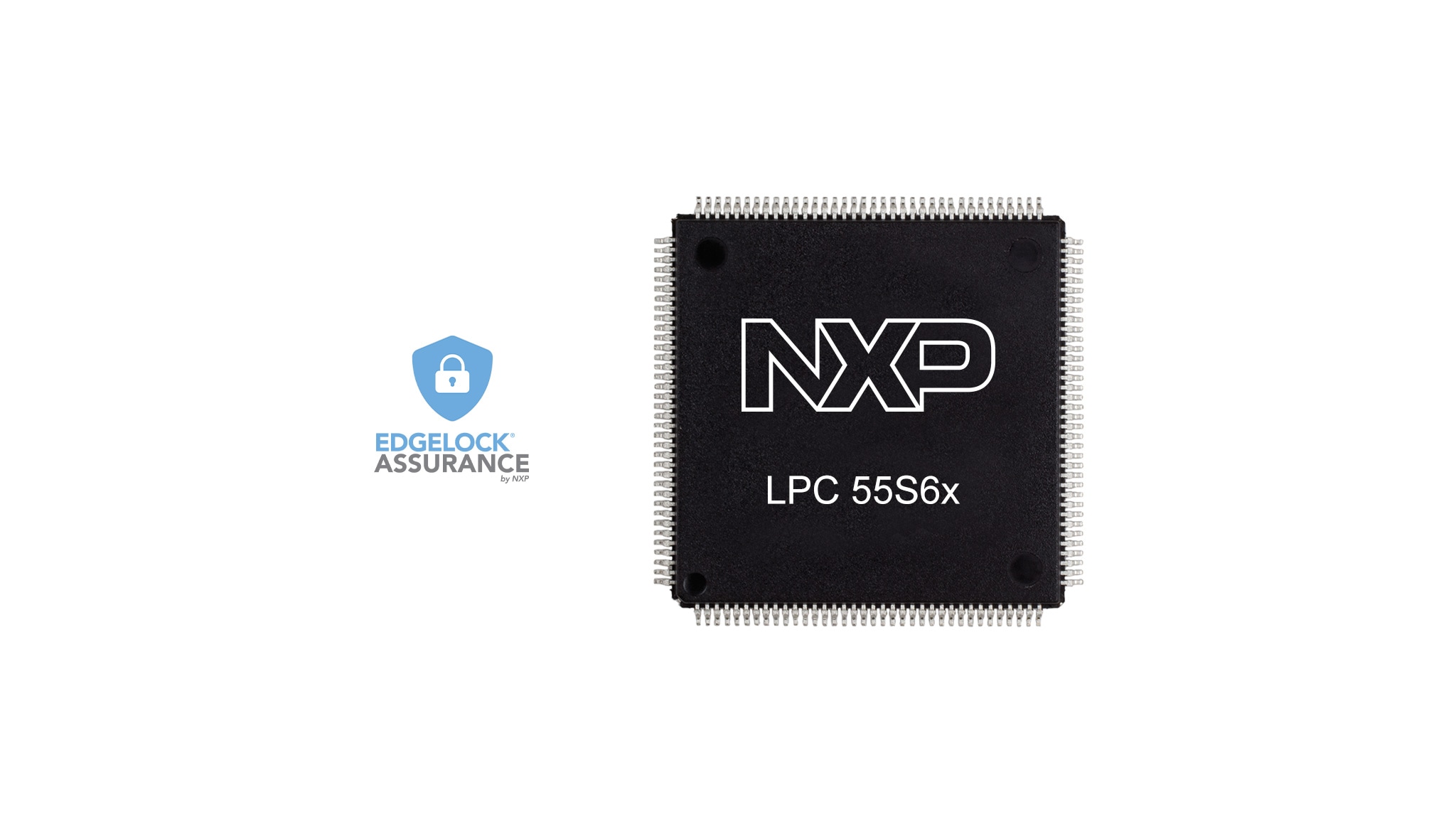
High Efficiency Arm® Cortex®-M33-Based Microcontroller Family

LPC552x/S2x: Mainstream Arm® Cortex®-M33-based Microcontroller Family
クイック・リファレンス ドキュメンテーションの種類.
1-5 の 25 ドキュメント
セキュアファイルの読み込み中、しばらくお待ちください。
3 設計・ファイル
セキュアファイルの読み込み中、しばらくお待ちください。
1-5 の 7 ハードウェア提供

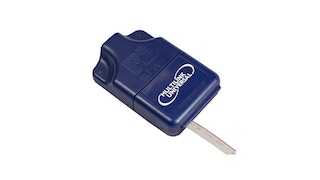
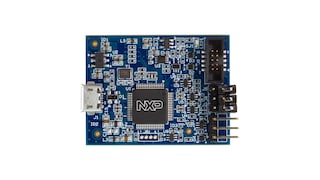
追加ハードウェアを利用可能 パートナー・ソリューションの特集を表示.
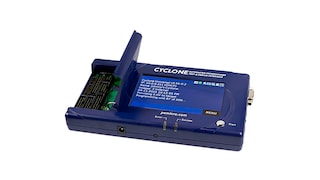



1-5 の 23 ハードウェア提供


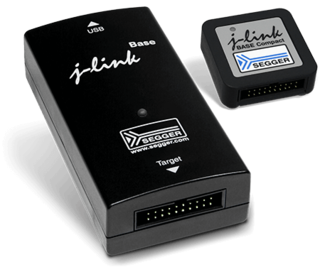
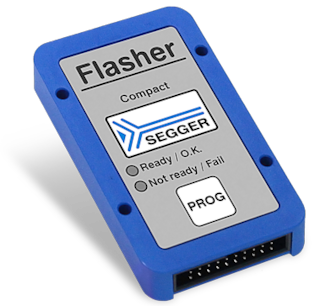
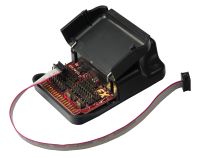


















この製品をサポートするその他のパートナー製品を見つけるには、当社の Web サイトにアクセスしてください パートナーマーケットプレイス.
クイック・リファレンス ソフトウェア・タイプ.
1-5 の 12 ソフトウェア・ファイル
追加ソフトウェアを利用可能 パートナー・ソリューションの特集を表示.
注: より快適にご利用いただくために、ソフトウェアのダウンロードはデスクトップで行うことを推奨します。
セキュアファイルの読み込み中、しばらくお待ちください。
1-5 の 42 ソフトウェア提供










.svg?imwidth=300)




























.svg?imwidth=300)


この製品をサポートするその他のパートナー製品を見つけるには、当社の Web サイトにアクセスしてください パートナーマーケットプレイス.
21 トレーニング
追加トレーニングを利用可能 View our featured partner trainings.
7 トレーニング
この製品をサポートするその他のパートナー製品を見つけるには、当社の Web サイトにアクセスしてください パートナーマーケットプレイス.